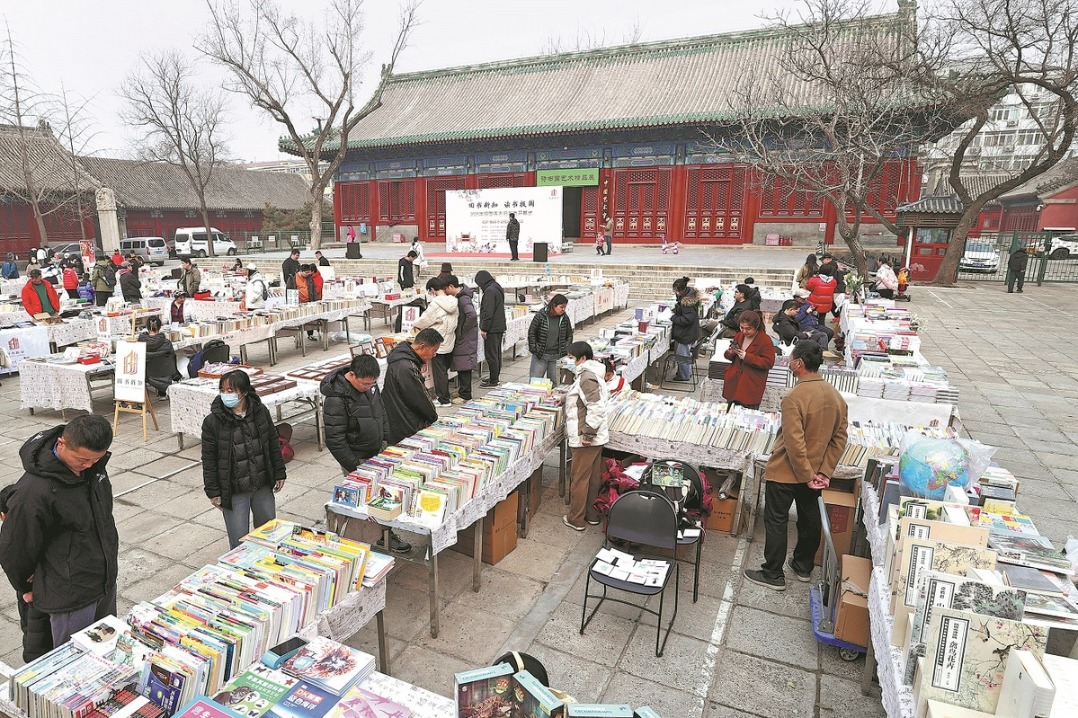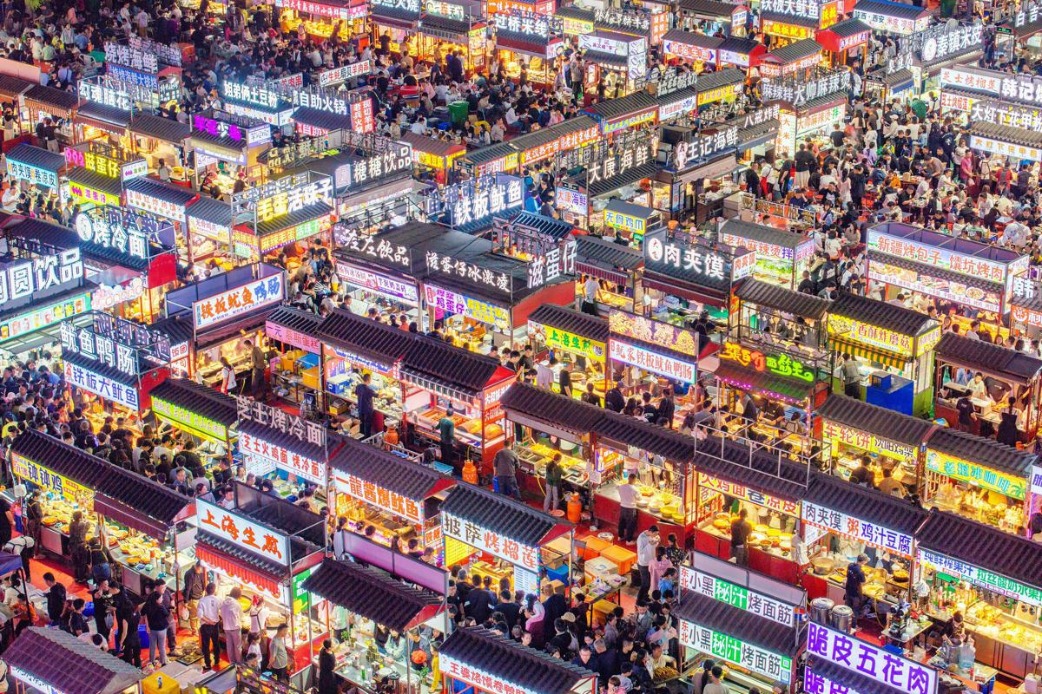China's Epic Journey from Poverty to Prosperity

Zhejiang's Green Rural Revival Program
It has taken the concept that lucid waters and lush mountains are invaluable assets and put it into sound practice in rural areas. The province started the overhaul of its rural environment in 2003, with a major effort to improve the quality of work and life of rural residents, and especially the eco-environment. The target was to thoroughly improve the environment in approximately 10,000 of its total 40,000 administrative villages in five years, and develop around 1,000 of them into demonstration zones for moderate prosperity in all respects. Through resolute efforts, the program has delivered remarkable outcomes-building up thousands of beautiful villages and making Zhejiang Province the best in the country in terms of rural living environment. It received the Champions of the Earth award from the UN in September 2018.
Through wide motivation and four decades of continuous effort, China has turned forestation and greening into a voluntary activity involving the whole of society. Extending its man-made forests to a total area of 79.3 million ha nationwide, China has transformed deserts into oases, and carpeted the Loess Plateau with greenery. The country has the highest growth in forest resources and the largest area of man-made forests in the world. By the end of 2020, it had raised its forest coverage to 23 percent of its land mass and the vegetation coverage of its grasslands to 56.1 percent, and brought over 50 percent of its wetland areas under protection.
In addition, China has set up a system for eco-environmental protection zones, safeguarding its biodiversity with natural reserves at different levels and of various types now covering 18 percent of the country's land mass. The people can experience more picturesque natural scenes with beautiful mountains, clear waters, green grass, colorful flowers, singing birds, and buzzing insects.
The effort to build national forest cities continues to intensify, turning "forests in cities" into a reality. A total of 468 cities have been part of the greening movement, and vigorous steps to this end have raised the green space to 38.2 percent of urban built-up areas, and the per capita urban park green space to 14.8 sq m. All of this heralds a Beautiful China where the people take care of and live in harmony with nature.
China is embracing a green path to development and a green way of life. As the concept that lucid waters and lush mountains are invaluable assets gains more public support, the whole country has gradually shifted to a path of prioritizing eco-environmental conservation and pursuing green and low-carbon development. It is now moving faster towards an energy-conserving society, with a configuration of land use, an industrial structure, a production model, and a way of life that underpin resource conservation and environmental protection. The economic structure and the energy mix are undergoing constant adjustments, the use of territorial space is improving, eco-friendly sectors such as environmental protection, clean energy, and clean production are thriving, the transition to green and low-carbon development is accelerating, and economic and social development is advancing in parallel with eco-environmental protection.
China tops the world in terms of new energy use and progress in energy conservation. Between 2015 and 2020, its energy consumption per unit of GDP fell by 13.2 percent and carbon emissions dropped by 18.8 percent. Through a range of initiatives including the "toilet revolution" in villages, domestic waste disposal and sewage treatment, domestic waste sorting, treatment of black and foul water bodies in cities, and construction of urban parks, green spaces, and greenways, people in both urban and rural settings now live in a cleaner, more comfortable, and more beautiful environment.
Urban public vehicles, mainly buses and subways, carry over 200 million passengers every day. Roads and facilities friendly to cycling and walking are expanding in urban areas, and more people are favoring green and low-carbon modes of transport. In addition, tens of thousands of households are practicing thrift through actions such as saving food, water, paper, and energy, choosing eco-friendly materials for home decoration, and saying no to over-packaging and disposable products. The nation is turning towards a thrifty, green, low-carbon, and healthy lifestyle.
III. Prosperity for All
A moderately prosperous society in all respects is a society in which all people share the fruits of development, a society where no individual, region or ethnic group is left behind, and a society that promotes the well-rounded development of all. Each of these is essential for achieving common prosperity, a major goal of socialism. China has now succeeded in creating such a society, where the people from all 56 ethnic groups enjoy a happy and comfortable life in every corner of China's vast land.
1. Prosperity for Every Individual
China is the largest developing country in the world. The country was long plagued by weak foundations, uneven development, and poverty. Unless every poor person and all poor areas could rise out of poverty, moderate prosperity in all respects would be impossible.
Led and united by the CPC, the Chinese people have fought a steadfast war against poverty. After its 18th National Congress in 2012, the CPC made the elimination of regional poverty and absolute poverty in rural areas its basic objective and the defining indicator for achieving the First Centenary Goal, and has secured a complete success.
China adopted a targeted strategy to help poor people rise out of poverty and achieve moderate prosperity along with the rest of the country. Targeted efforts have been made in six areas:
?identifying the poor accurately;
?arranging targeted programs;
?utilizing capital efficiently;
?taking measures targeting individual households;
?dispatching officials based on conditions in individual villages;
?achieving the set goals.
Five measures for poverty eradication have also been taken:
?boosting the economy to provide more job opportunities;
?relocating poor people from inhospitable areas;
?compensating for economic disadvantage associated with reducing environmental damage;
?improving education in poor areas;
?providing subsistence allowances for those unable to escape from poverty through their own efforts.
By the end of 2020, all of the 99 million rural poor, and all of the 832 counties and 128,000 villages classified as poor under China's current poverty line, had emerged from poverty.
The government has substantially reduced poverty in ethnic minority groups and areas. By the end of 2020, a total of 31.2 million people had been raised from poverty in the five autonomous regions of Inner Mongolia, Guangxi, Tibet, Ningxia and Xinjiang, and the three provinces of Guizhou, Yunnan and Qinghai, where many ethnic minorities live. All members of the 28 ethnic groups, with populations below 300,000, had risen out of poverty, and the ethnic groups which made the direct transition from a primitive to a socialist society in the early years of the PRC experienced another dramatic transformation-from absolute poverty to moderate prosperity.
The incomes and welfare of the registered poor in rural areas have improved substantially. Adequate food and clothing, and access to compulsory education, basic medical services and safe housing have been guaranteed for them. Improvements in education, health care, housing, and access to safe drinking water and other amenities have met their basic needs and also laid the foundations for their future development (Panel 8).
Since 2016, more than 9.6 million people registered as living below the poverty line have been lifted out of poverty through relocation from places that are inhospitable for them to make a decent living.
- Xi meets Senegalese PM
- Centenarian veteran embodies patriotism and resilience
- China's revised anti-unfair competition law to take effect Oct 15
- China revises public security administrative penalty law
- Maritime emergency rescue drill held in Sansha, Hainan
- Chinese researchers reveal key mechanism behind locust outbreaks




































